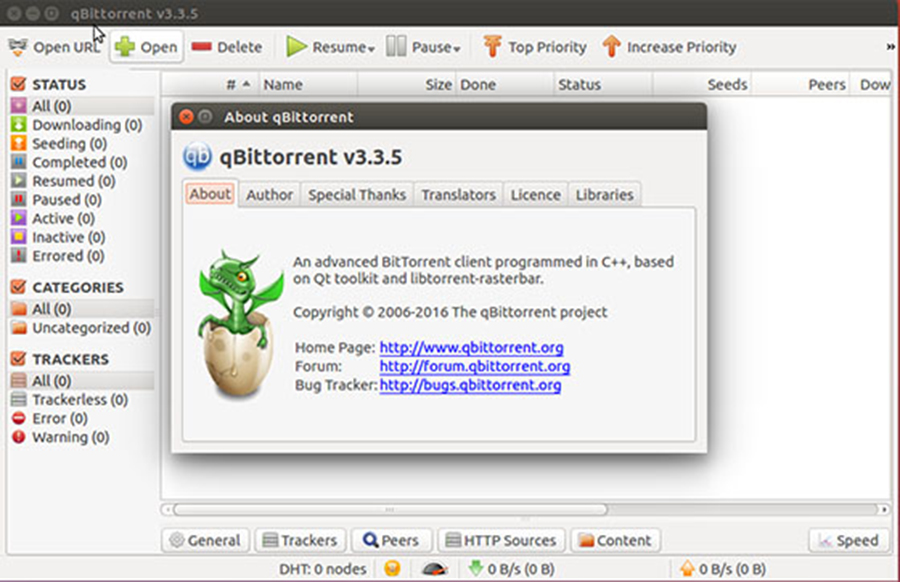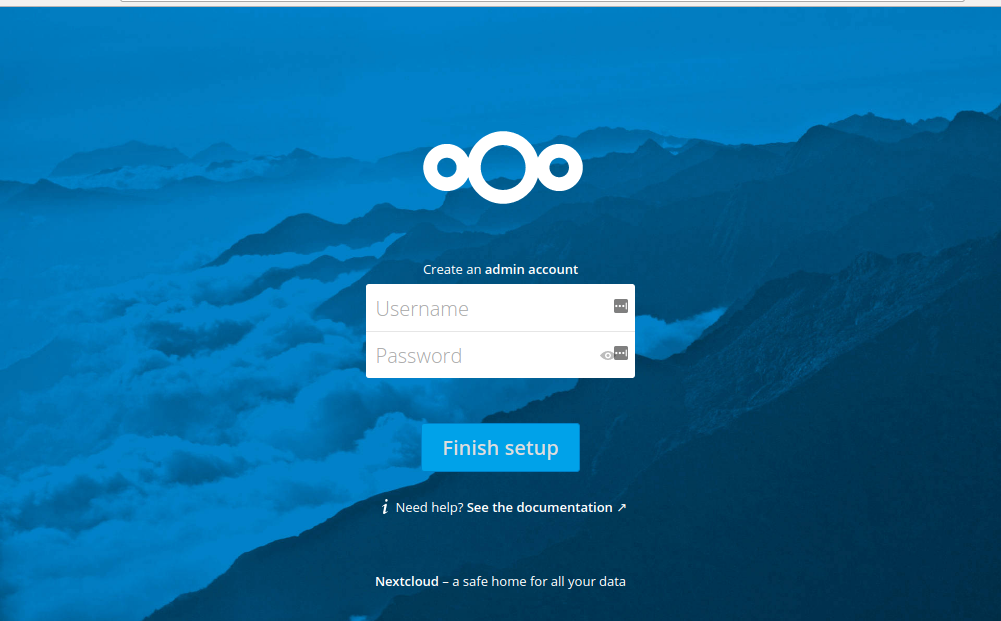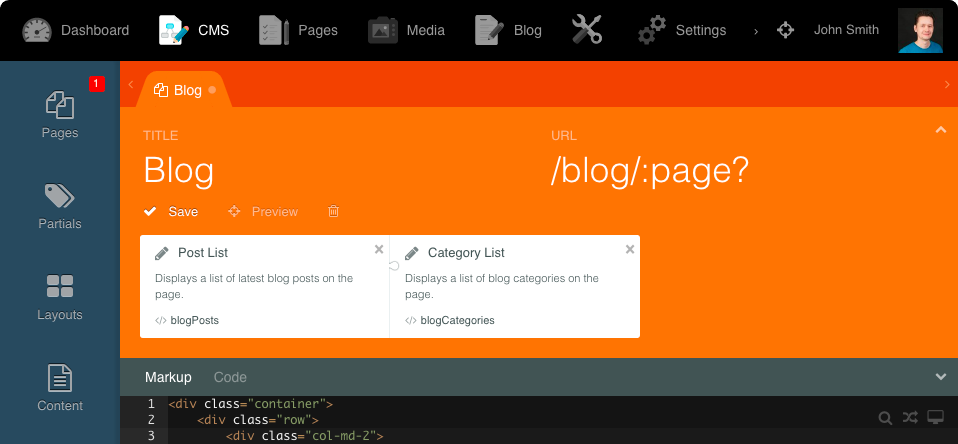Traq is a PHP powered project management and issue tracking system capable of handling multiple projects with per-project permissions, milestones, custom fields, email notifications and much more.
Install Traq on Ubuntu 16.04
This article assumes you have at least basic knowledge of linux, know how to use the shell, and most importantly, you host your site on your own VPS. The installation is quite simple and assumes you are running in the root account, if not you may need to add ‘sudo’ to the commands to get root privileges. I will show you through the step by step installation Traq on a Ubuntu 16.04 LTS (Xenial Xerus) server.
Traq features
Multiple Projects – Manage multiple projects easily and effecively with Traq’s multiple project features.
Milestones – Easily manage bugs and requests with project milestones.
Timeline – See what, and when, changes were made, tickets opened or closed with the project timeline.
Repository Browser – Browse your projects source repository with the built in repository browser.
Plugins – Extend with plugins, Traq has a powerful plugin system.
Filters – Filter tickets to find what you’re looking for.
Notifications – Receive email notifications when tickets are created or updated.
RSS Feeds – Subscribe to the timeline, or tickets RSS feed to get updates.
Step 1. First make sure that all your system packages are up-to-date by running these following apt-get commands in the terminal.
sudo apt-get update sudo apt-get upgrade
Step 2. Install LAMP (Linux, Apache, MariaDB, PHP) server.
A Ubuntu 16.04 LAMP server is required. If you do not have LAMP installed, you can follow our guide here. Also install all required PHP modules:
apt-get install php5 php5-mysql php5-gd php5-curl libssh2-php php5-mcrypt
Step 3. Installing Traq.
First thing to do is to go to Traq’s download page and download the latest stable version of Traq, At the moment of writing this article it is version 3:
cd /var/www/html/ git clone --recursive https://github.com/nirix/traq
And checkout the latest version:
cd traq/ git checkout v3.6.0
Next, run Traq properly, create a new .htaccess file:
nano .htaccess
Add following content:
RewriteEngine On
RewriteCond %{REQUEST_FILENAME} !-d
RewriteCond %{REQUEST_FILENAME} !-f
RewriteRule ^(.*)$ index.php/$1 [L]
We will need to change some folders permissions:
chown -R www-data:www-data /var/www/html/traq/
Step 4. Configuring MariaDB for Traq.
By default, MariaDB is not hardened. You can secure MariaDB using the mysql_secure_installation script. You should read and below each steps carefully which will set root password, remove anonymous users, disallow remote root login, and remove the test database and access to secure MariaDB.
mysql_secure_installation
Configure it like this:
- Set root password? [Y/n] y - Remove anonymous users? [Y/n] y - Disallow root login remotely? [Y/n] y - Remove test database and access to it? [Y/n] y - Reload privilege tables now? [Y/n] y
Next we will need to log in to the MariaDB console and create a database for the Traq. Run the following command:
mysql -u root -p
This will prompt you for a password, so enter your MariaDB root password and hit Enter. Once you are logged in to your database server you need to create a database for Traq installation:
create database traqdb; GRANT ALL PRIVILEGES ON traqdb.* TO 'traquser'@'localhost' IDENTIFIED BY 'Your_Password'; flush privileges; quit
Step 5. Configuring Apache web server for Traq.
Create a new virtual host directive in Apache. For example, create a new Apache configuration file named ‘traq.conf’ on your virtual server:
sudo a2enmod rewrite touch /etc/apache2/sites-available/traq.conf ln -s /etc/apache2/sites-available/traq.conf /etc/apache2/sites-enabled/traq.conf nano /etc/apache2/sites-available/traq.conf
Add the following lines:
ServerAdmin [email protected] DocumentRoot "/var/www/html/traq/" ServerName your-domain.com ServerAlias www.your-domain.com <Directory "/var/www/html/traq/"> Options FollowSymLinks AllowOverride All Order allow,deny allow from all ErrorLog /var/log/apache2/your-domain.com-error_log CustomLog /var/log/apache2/your-domain.com-access_log common
Now, we can restart Apache web server so that the changes take place:
systemctl restart apache2.service
Step 6. Accessing Traq.
Traq will be available on HTTP port 80 by default. Open your favorite browser and navigate to http://yourdomain.com or http://server-ip and complete the required the steps to finish the installation. If you are using a firewall, please open port 80 to enable access to the control panel.
Congratulation’s! You have successfully installed Traq. Thanks for using this tutorial for installing Traq on your Ubuntu 16.04 LTS (Xenial Xerus) system. For additional help or useful information, we recommend you to check the official Traq web site.









